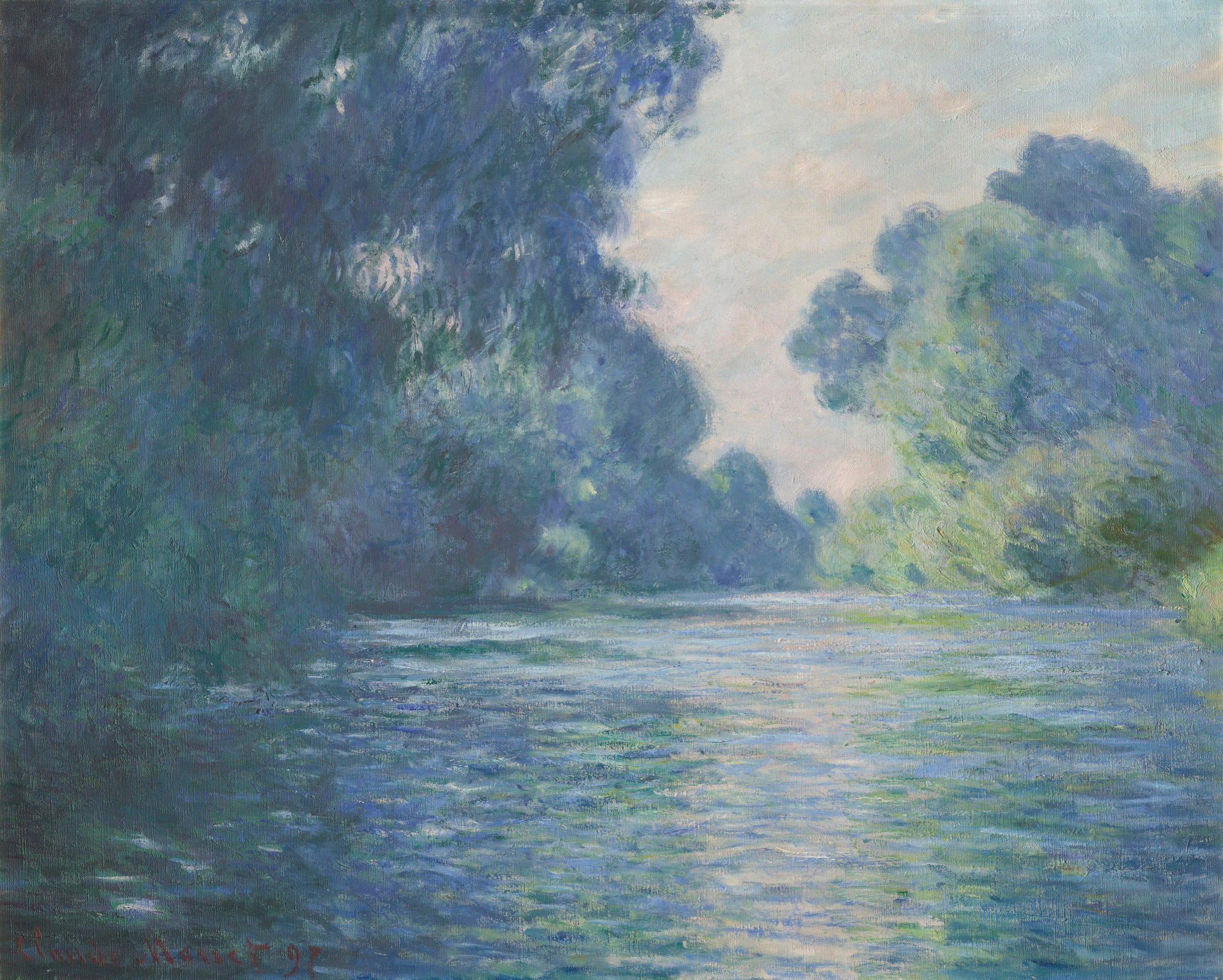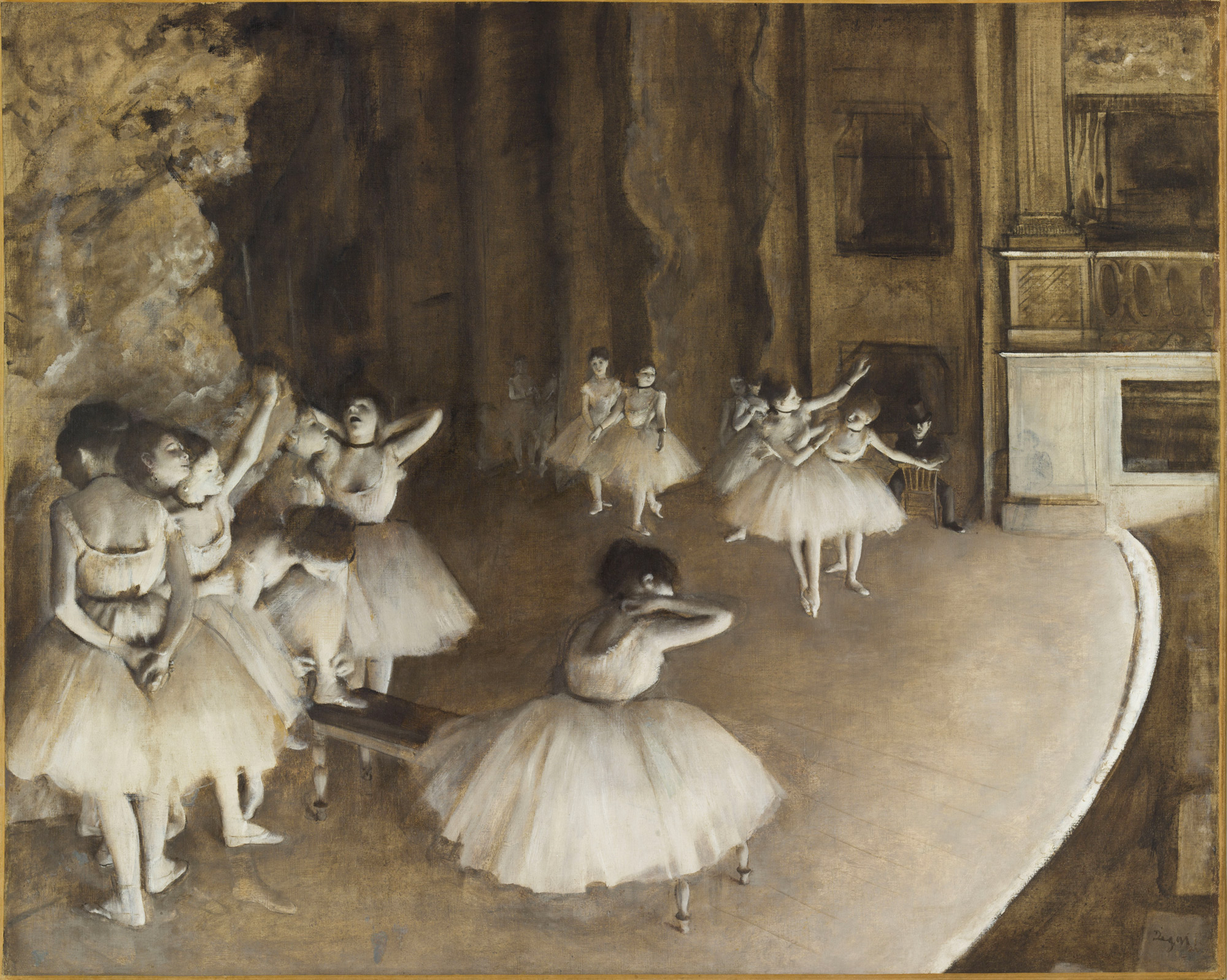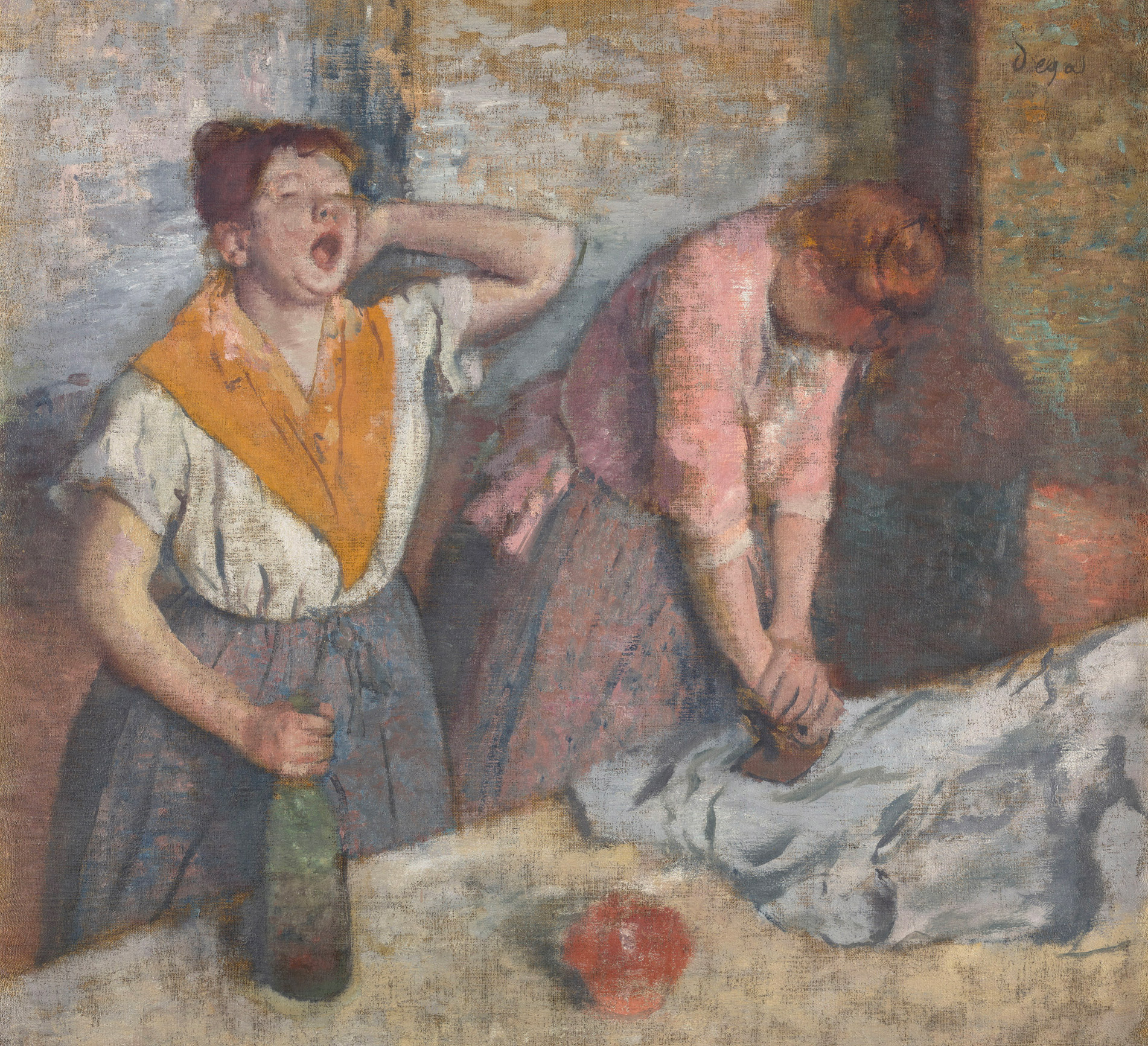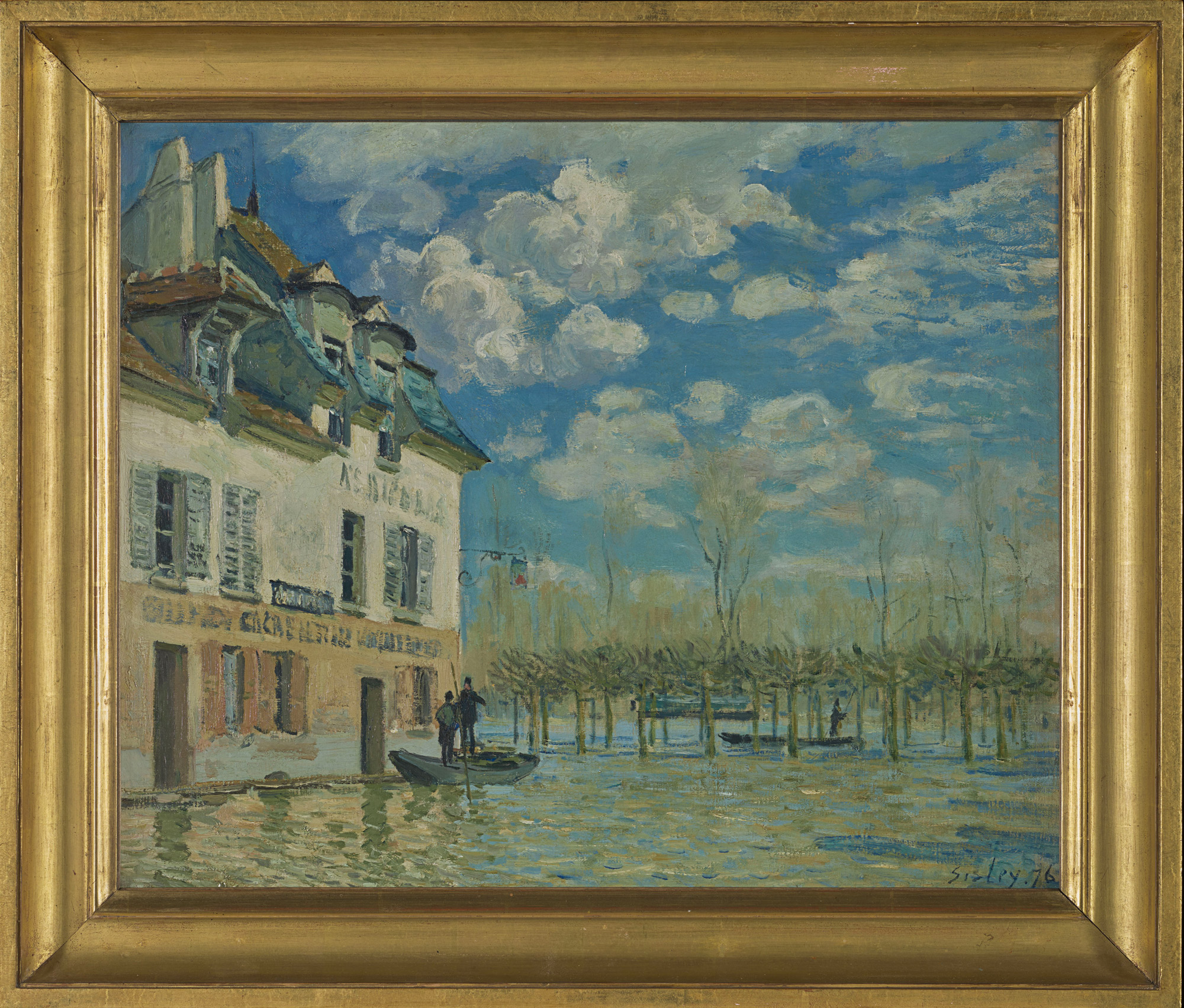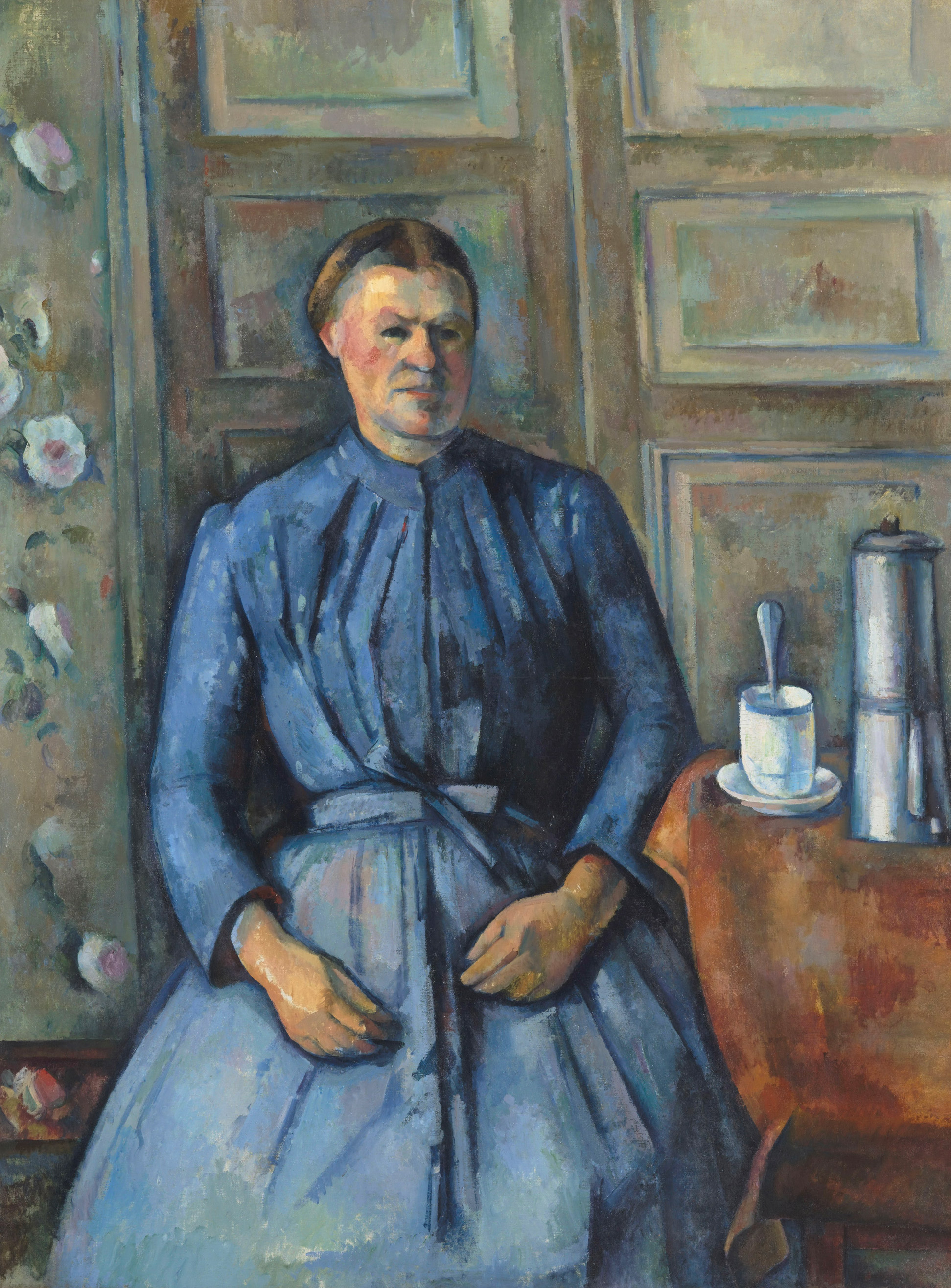Impressionism
Pathways to Modernity
12 October 2022 - 5 February 2023.
Exhibition organised in partnership with the Musée d'Orsay and France Museums
In Paris in 1874, a group of artists put together an exhibition that was immediately qualified as "impressionist". They all affirmed an need to be “of their time” and to represent the world around them, outside of official academic circuits. This was the beginning of a profound new aesthetic that would resonate internationally – one that's effect is still felt to this day.
This exhibition brings together many masterpieces from the Musée d'Orsay for the first time in the United Arab Emirates and describes how Impressionism changed the perception and depiction of the world and its modernity.
A New Vision of the World
The modernity of Impressionism was multifaceted and was influenced by the forces of society: industrialisation, technical innovations, developing modes of transportation and communication.
The impressionist painters depicted “modern” subjects, meaning those associated with the new era. Their paintings bear witness to a society in movement.
Railway Development
Starting in the 1820s, the construction of a network of railroads throughout France developed massively, encouraging artists from Paris to visit the banks of the Seine and Marne, and Normandy.
The Official Salon
Palace of Industry, Paris - 1874
Created in 1667 by the Royal Academy, the official Salon of Painting and Sculpture was an exhibition held regularly in Paris that was incredibly influential in shapping art culture and artists lives in the 19th century.
The works presented were selected by a jury that strictly defended the classical artistic vision – and was rather hostile to modern painting. The number of works presented grew each year and eventually the paintings had to be hung one above the other in very tightly-packed displays.
The Salon had the power to make or break an artist’s career. Being rejected or poorly displayed at the Salon often meant missing out on much needed visibility. Manet, Renoir and Cézanne were subjected to the rigors of the Salon when they were rejected in the early 1870s. Their new approach using modern and popular subjects, was considered by the Salon’s jury to be less “noble”.
The First Impressionist Exhibition
35 boulevard des Capucines, Paris - 1874
On 15 April 1874, an exhibition organised by the "Corporation of artists, painters, sculptors, engravers, etc." opened in a studio once occupied by the famous French photographer Nadar. More than 165 works were presented without the filter of the Salon's jury; the organising artists decided to take their careers into their own hands and break free from the official circuit.
The press quickly distinguished a group of painters composed of Monet, Renoir, Degas, Morisot, Sisley, Pissarro and Cézanne. Inspired by the title of a painting by Monet, journalist Louis Leroy derisively named them "impressionists", intending to mock an artistic approach considered to be thoughtless, born of a simple "impression".
This first Impressionist exhibition was not limited to paintings, it also included sculptures and works on paper, in particular etchings by Félix Bracquemond. Some of the artists continued to exhibit their work collectively on a regular basis until 1889.
The Main Figures
Édouard Manet
1832 - 1883
A true leader of the new generation, even though he never exhibited with the Impressionists, Édouard Manet paved the way for new forms of depicting the world.
His painting is sharper and less lyrical than that of other painters of his time. Manet was interested in Spanish and Parisian life as well as still life studies. His genre paintings depicting contemporary life regularly shocked the Salon.
Manet can be distinguished from the other Impressionists, who he nonetheless inspired, by his treatment of subjects that remains closer to reality. He rarely utilised the new colour techniques or the singular treatment of light that would characterize the future Impressionist painters.

Who said that drawing is the writing of form? The truth is that art must be the writing of life.

New Orientations in Painting

Fontainebleau, Seine and Marne
Traditionally, painters would sketch a few drawings as they looked at a landscape before returning to the studio to create their paintings from memory, taking care to perfect and idealise what they had seen. The impressionist painters perpetuated this taste for nature, but painted “en plein air", meaning they worked outside, directly facing the landscape.
This new way of painting, facilitated by the invention of transportable paint tubes, allowed artists to leave the studio and capture the variations of light and effects of the weather. The impressionist painters rendered a multitude of scenes from the Paris region (Argenteuil, Fontainebleau) and Normandy (Trouville, Giverny).
Impressionism in the Plural
From the early 1880s, some Impressionist artists pursued divergent paths. Degas devoted himself to ballet scenes while Monet intensified his work on the principle of series. The majority strived to go beyond the search for immediacy.
Cézanne and Renoir explored scenes of daily life, seeking to bring timelessness to them in a different way. Each one made their own pictorial path.
Paul Cézanne
In his works, Cézanne depicts objects in a simplified way using almost geometric horizontal and vertical lines to get as close as possible to the representation of nature, whereas Renoir emphasises the textural aspects of each object, exalting their beauty.
For him, it was no longer a question of depicting the changes in society, but of enhancing the poetry in each element.
Pierre-Auguste Renoir
Family activities
Animated colouring book
Bring out your inner artist!
Discover the works of the great Impressionist artists and bring them to life by downloading the colouring book below!

Young visitor's guide
Have fun with your family or on your own, while learning about artworks especially selected for children.
To go further
Book your visit now!
Let the curators guide you through a unique listening experience.


